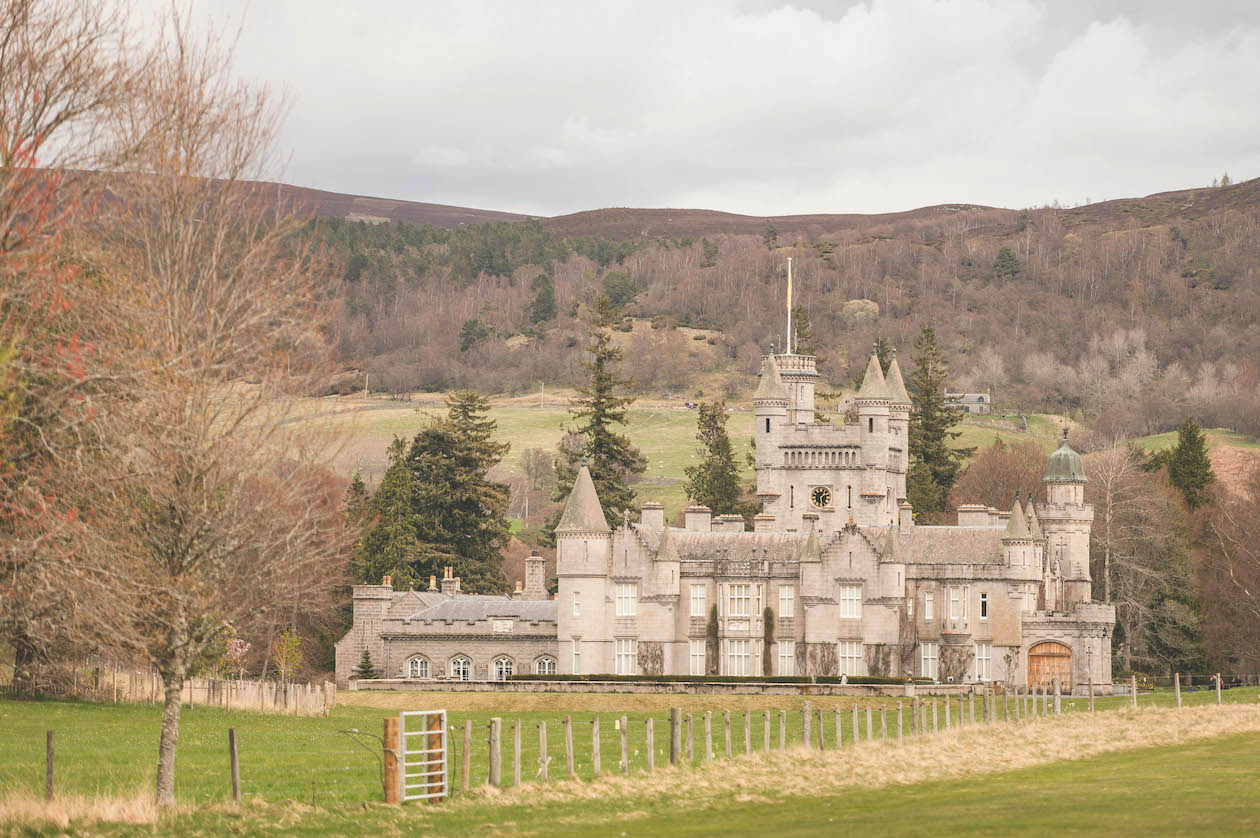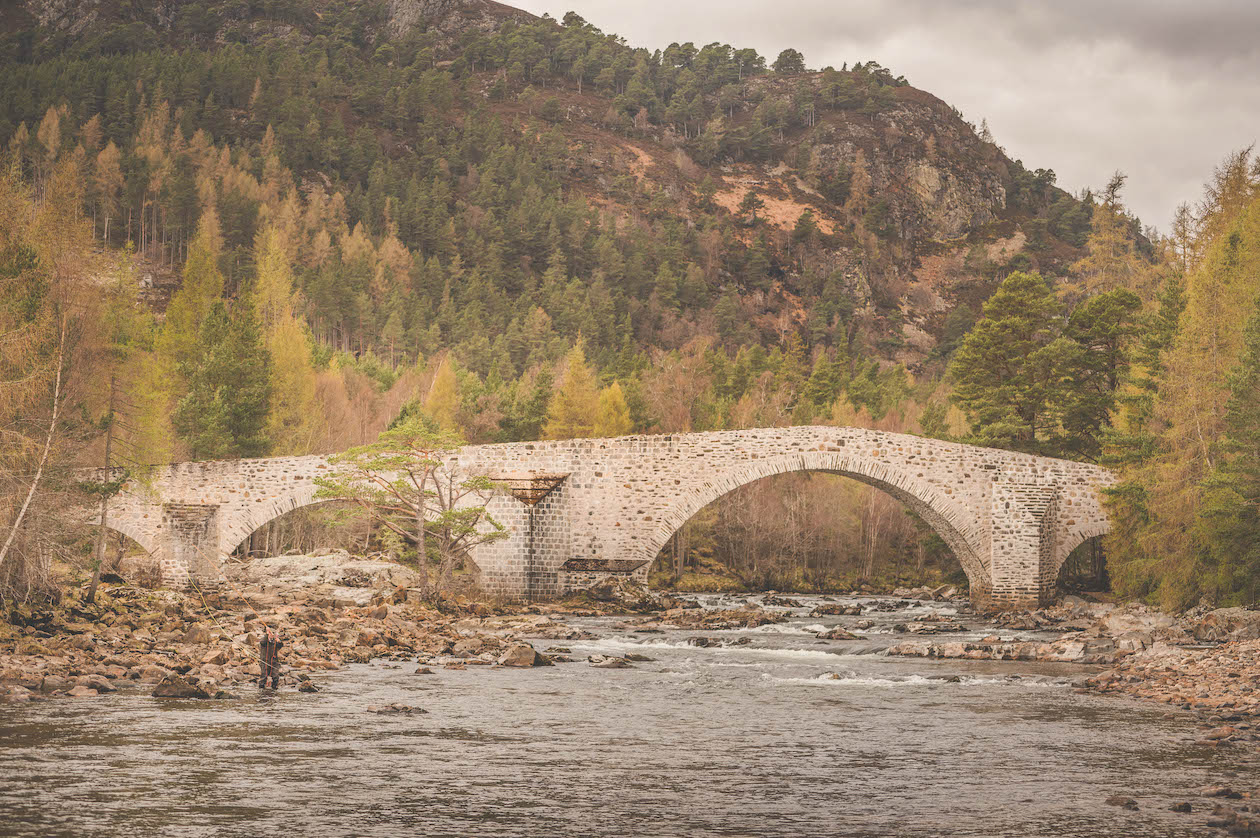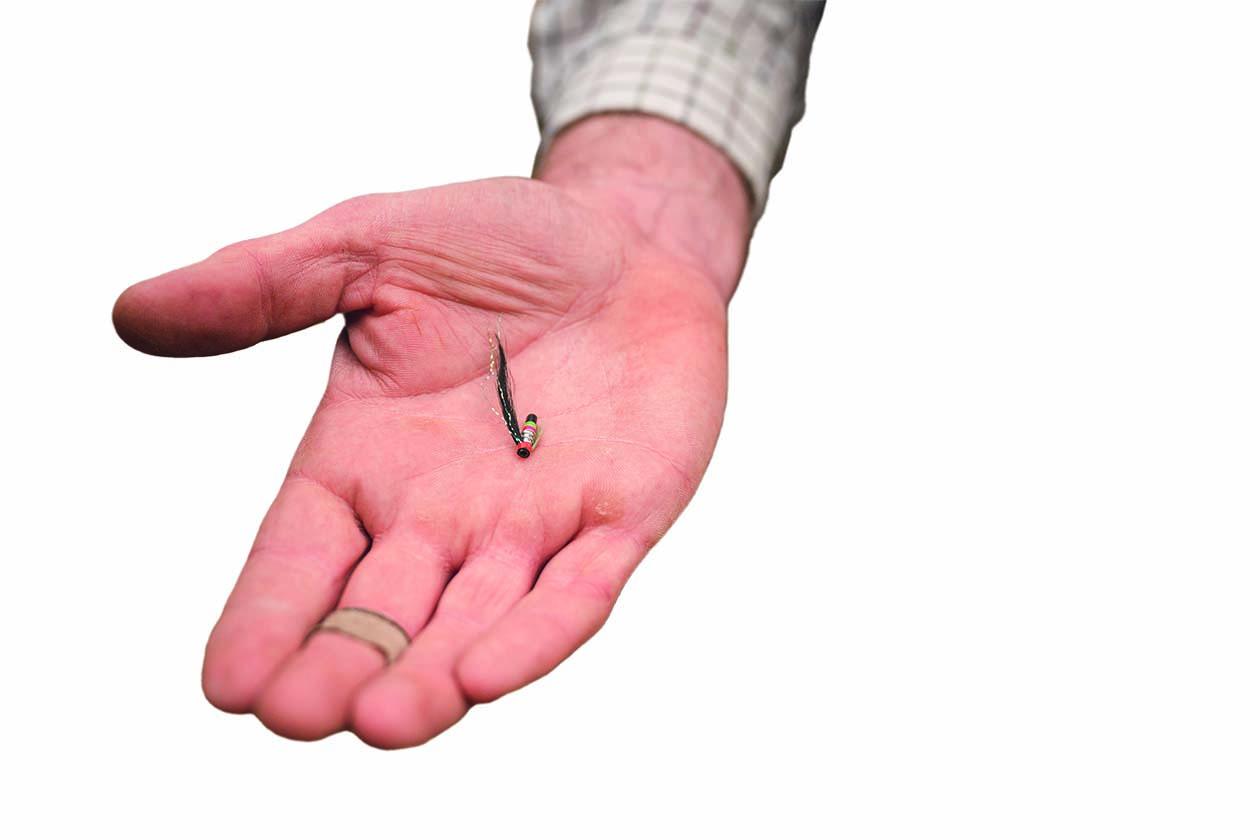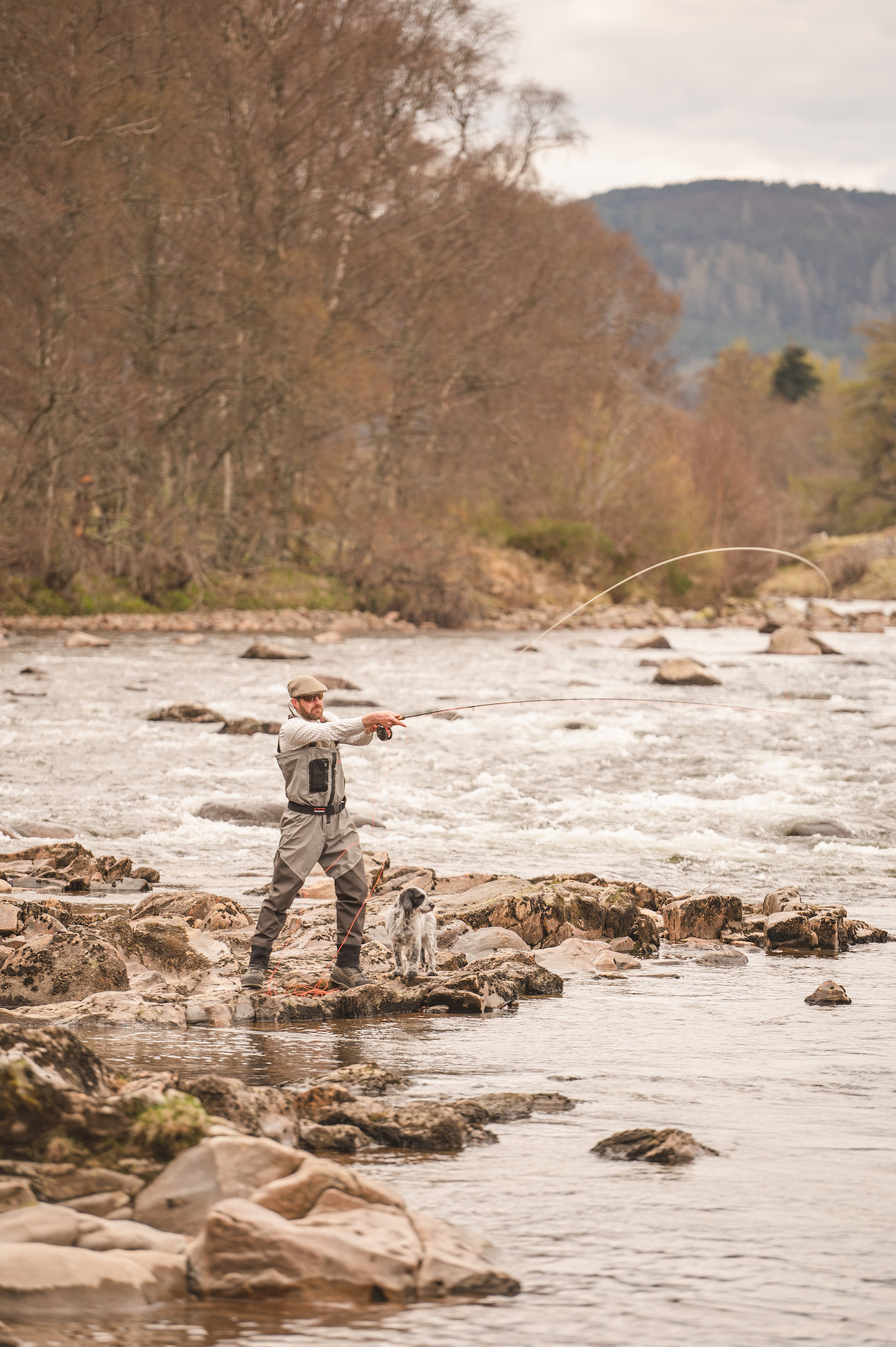A day wading in the footsteps of royalty, fishing the Dee for a bar of silver, is as glorious as sporting experiences come, writes Julian Schmechel
The connection between the British royal family and fieldsports is long and illustrious and, happily, permeates down to this year of our monarch’s Platinum Jubilee. The royal estate at Sandringham has borne witness to many great sporting days, as has Balmoral in Aberdeenshire.
Extending to 55,000 acres, and with grouse moors, deerstalking and salmon angling, the Balmoral Estate is a perfect highland microcosm and is rich in species synonymous with the Caledonian pine forest. At its heart is the River Dee, over which the royal estate holds an impressive 16 miles of fishing. (Read our Queen of the countyside.)
It was with considerable good fortune that I received an invitation to cast a fly for a salmon on this very water, on the opening day, under the guidance of Balmoral head gillie David Fernie. On meeting David outside his well-appointed cottage in the shadow of Balmoral Castle, I was greeted with a broad smile and firm handshake. (Read about the best Royal Shots here.)

Balmoral Castle came into royal ownership in 1852
Challenging Dee
David explained that the conditions were rather challenging, as the Dee was running unusually low and clear for late April. As a result, we would be fishing with slightly shorter rods than usual, and flies very much reduced in size. However, with the water temperature hovering in single digits, there was still a need to get down to fish lying low in the water column.
Climbing into David’s pickup, we made our way to the river through groves of giant firs, steadily giving way to native Scots pine and birch. Seldom have I seen so many great trees and in such close proximity. Leaving the woods, we came to an open field, where David stopped briefly to cast an eye over a group of red stags resting in their spring quarters. Here was a man in his element, whose passion for his environment came across with every word he uttered.
He explained that the cottage standing slightly the left of the track had been built for Queen Victoria, so she might sit indoors to watch the deer. Taking in the scene, it was easy to understand why both Victoria and Prince Albert had fallen in love with Balmoral all those years ago.

A stunning setting for the start of the day’s fishing at the Brig O’Dee
Brooding hills
Moving on, we soon came to the river and a pool named Brig O’Dee. All rivers have their charms, but it is difficult to put into words just how beautiful this part of the Dee is. Pine-clad banks sweep down to thundering waters, while in the background, snow-covered peaks cap ranks of brooding hills. A little upstream, a stone bridge spanned the flow, while buzzards wheeled on the thermals above.
I commented that it didn’t look real and the scene resembled something out of a salmon angler’s dream. Handing me his chosen rod, a 12ft LTS Explosive, David simply smiled politely, for this is his place of work and he has seen it countless times.

For the Suspension Bridge pool, head gillie David Fernie selects a “Queen’s Killer” tube fly to use with a 12ft LTS double-hand rod
Negotiating water-smoothed boulders, I entered the head of the pool and, wading out, began to cast toward the far bank. As I am more used to the heft of a cane rod, I was immediately struck by the lightness and power of the carbon double-hander, as the #9 sink tip snaked out to cover lies indicated by David. At the business end of the leader, a small tube fly, appropriately named Queen’s Killer, held in the current for a moment before, taking a stride downstream, I cast again. It was immediately apparent just how low the Dee was, for boulders that ought to have been well submerged were dry and warming in the sun. Low or not, Brig O’Dee was beautiful and all it lacked was a taking fish. Having worked the pool through, I waded out, then followed David downstream.
As we walked, the head gillie spoke of the dangers facing the wild Atlantic salmon and the disastrous effect of predation by seals, cormorants and mergansers on already beleaguered fish stocks. He revealed that the Dee’s rod catch so far that year was worryingly low and likely to continue to decline unless official action is taken. We pondered whether, for the salmon, the pendulum might already have swung too far and sincerely hoped that it had not.
Reaching our next pool, the Suspension Bridge, David handed me a 13ft LTS Explosive, also casting a #9 sink tip. This rod’s lightness belied its power and it Spey-cast beautifully. As I fished, David pointed out where salmon might lie in any given height of water, and explained that Balmoral’s fishing — comprising Balmoral, Abergeldy and Birkhall — encompasses a total of 60 pools. If an angler started at the uppermost pool, it would take them four days to fish their way downstream to the bottom of the beat. An impressive statistic.

David casts with skill at the Fir Tree pool on the Birkhall beat
Sadly, the Suspension Bridge failed to hold a taking fish, as did Garlum below it, which David fished through methodically, using a fly pattern named the Dee Sheep. He also pointed out that it is sometimes more important to find the right fish rather than the right fly, and that was something that we had so far failed to do. Undeterred, we returned to the pickup and headed further downstream.
As we arrived at the Boat Pool, the air was filled with the raucous clamour of black-headed gulls, while from the far shingle bank drifted the call of a sandpiper. Both are sounds to gladden the ear and are synonymous with spring salmon fishing in the north. While I worked my way down the pool using the 13ft LTS and the Queen’s Killer, David fished above me with a 10ft rod, casting a Dee Sheep on a sink tip into any likely looking lies.
Sadly, and despite our best efforts, we remained fishless, but David was upbeat and asked if I was feeling adventurous. When I replied that I was, he suggested we next try a little-fished pool named Bedrock, the track to which was littered with storm-felled Scots pines. As a result, we couldn’t reach the pool by vehicle and enjoyed a lengthy walk-in instead.
Bedrock lived up to its name, as an enormous slab of granite lay along the entire bed of the pool. As I fished, David explained that the nature of this pool had been greatly altered by winter spates. In addition, a huge fallen Scots pine lay along the bankside, making spey casting a necessity. The setting was stunning, but if fish were in residence they were not in a taking mood and,having fished Bedrock through, we moved further downstream to try our luck at Birkhall. Beloved by royalty Driving through woods of pine and larch, we soon arrived at the Queen Mother’s fishing hut, constructed in 1980 and nestling amid trees just a little way above the water. Birkhall is a gem and it’s easy to see why it’s so loved by HRH The Prince of Wales. A short way upstream from this splendid hut is a pool named Little Polvier. It was here that David suggested I cast while he fished Fir-Tree, just slightly upstream.
Backed by a sheer cliff, Little Polvier glided into a deep back eddy; the perfect place to hold a fish, and indeed, from where David had previously landed his heaviest Dee salmon. With a sense of anticipation, I covered the pool with the #9 sink tip, the 13ft carbon rod Spey-casting beautifully and, as I made an upstream mend in the line, the Queen’s Killer swung around slowly in the current.
With dark Lochnager towering in the background, I worked my way down the pool. The setting was perfect and I could imagine David’s tussle with his big fish taking place. However, luck was not on my side, as I exited the bottom of the pool fishless.
Climbing the bank, I found a wooden bench perfectly placed for the weary angler. I seated myself as a woodpecker began drumming on a nearby Douglas fir. Sadly, I had failed to land a fish, but I’d spent time immersed in some of the most beautiful surroundings Scotland has to offer, and such a day must surely be viewed as a triumph.




